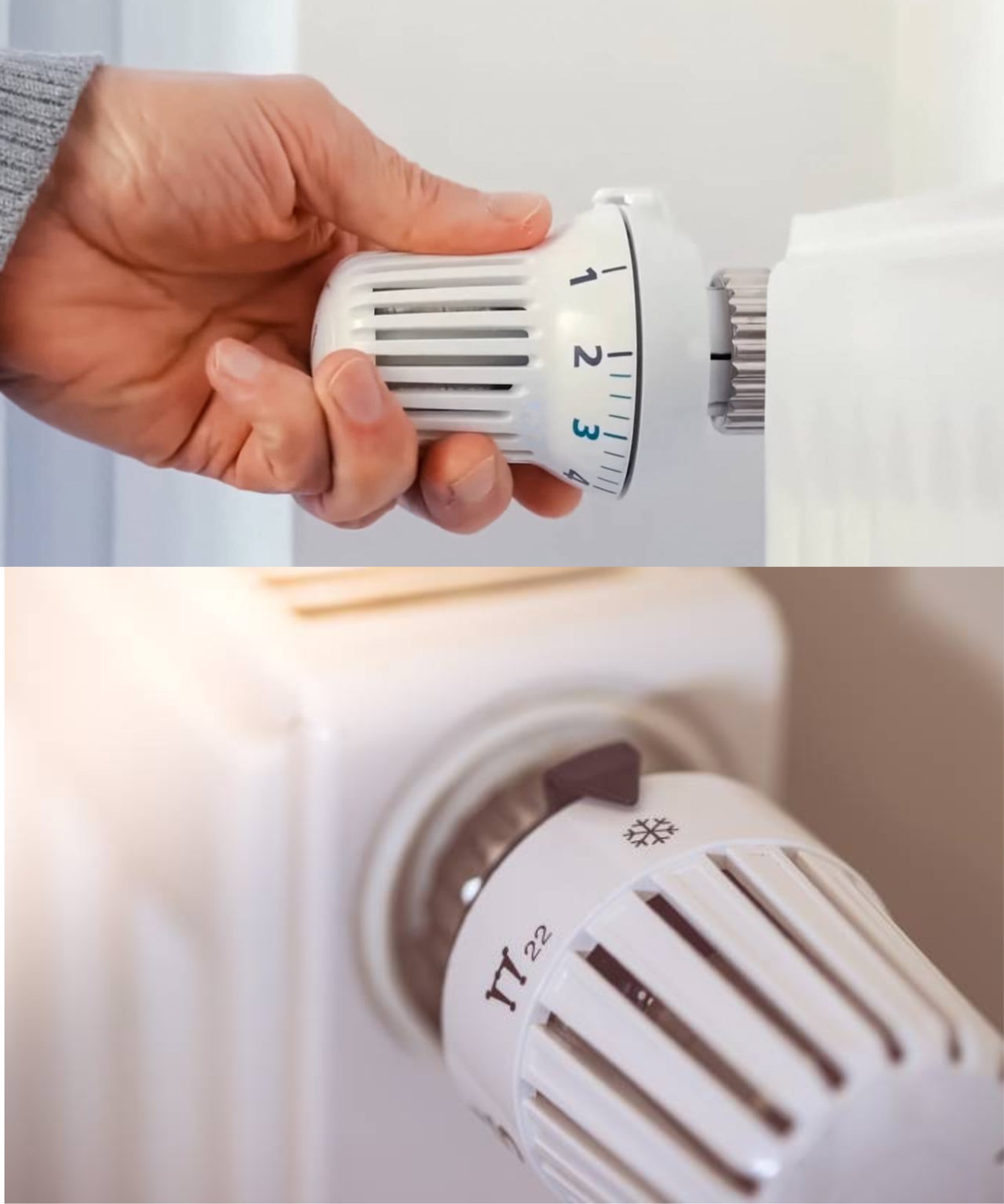ADVERTISEMENT
Energy Saving: You Need to Know These Symbols on Your Heating System
When it comes to managing your home’s heating system, understanding the various symbols and settings on your thermostat, boiler, or radiator can help you save energy and reduce utility costs. Many modern heating systems are equipped with a variety of symbols and icons that provide important information about their settings and operations. However, if you’re unfamiliar with these symbols, it can be difficult to optimize your system for energy efficiency.
In this article, we’ll break down the most common symbols you might encounter on your heating system and explain what they mean. Understanding these symbols will help you make informed decisions about how to operate your heating system more efficiently, reducing energy consumption while keeping your home comfortable.
1. The Snowflake (Winter Mode)
The snowflake symbol typically indicates winter mode or heating mode on many thermostats or heating systems. It signals that the system is set to focus on heating the home and that the temperature is set to a level that promotes warmth during cold weather.
- Energy Saving Tip: In winter mode, ensure your thermostat is set to an optimal temperature (usually between 18°C to 21°C for comfort) and avoid cranking the heat up too high. Each degree you lower your thermostat can save you up to 5% on your heating bill.
2. The Sun (Summer Mode)
On the other side of the spectrum, the sun symbol indicates summer mode or cooling mode on some heating systems that also include air conditioning. This symbol means the system is set to focus on cooling your home instead of heating it.
- Energy Saving Tip: If you have a heating and cooling system in one, ensure that you’re using the air conditioning system efficiently. Keep blinds and curtains closed during the hottest part of the day to reduce the need for excessive cooling. Set your thermostat to a higher temperature, such as 25°C or 26°C, to save energy.
3. The Radiator Symbol (Heating Level)
The radiator symbol often appears on thermostats or boiler control panels and indicates heating settings. It may appear with numbers, allowing you to adjust the intensity of the heat, often represented as a dial or slider.
- Energy Saving Tip: Adjust your heating settings based on the room’s needs. Lower the heat in rooms that aren’t being used or in areas where you’re comfortable with a lower temperature. Don’t forget to turn down the heat when you’re away or sleeping to save energy.
4. The Fan Symbol (Circulating Heat)
A fan symbol typically indicates that the heating system has a fan function or that the heating is being distributed via forced air. Many modern systems circulate warm air through vents or ducts, and this symbol signals that the fan is on and distributing heat.
- Energy Saving Tip: Ensure that air vents are open and unobstructed, allowing heat to circulate freely throughout your home. During the heating season, use the fan to circulate warm air evenly, but avoid running the fan unnecessarily when it’s not needed, as this can waste energy.
5. The Thermometer Icon (Temperature Setting)
The thermometer symbol indicates the set temperature of your heating system or thermostat. You might see this symbol accompanied by a digital number showing the temperature setting.
- Energy Saving Tip: Set your thermostat to a consistent, comfortable temperature. Avoid constantly adjusting the temperature, as frequent changes can cause the system to work harder, using more energy. Utilize programmable thermostats to set your desired temperature while you’re at home and adjust it when you’re away.
6. The Flame Symbol (Heating Mode Activated)
The flame symbol is commonly found on boilers or heating systems, indicating that the system is actively producing heat. When you see this symbol, it mean
